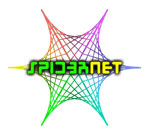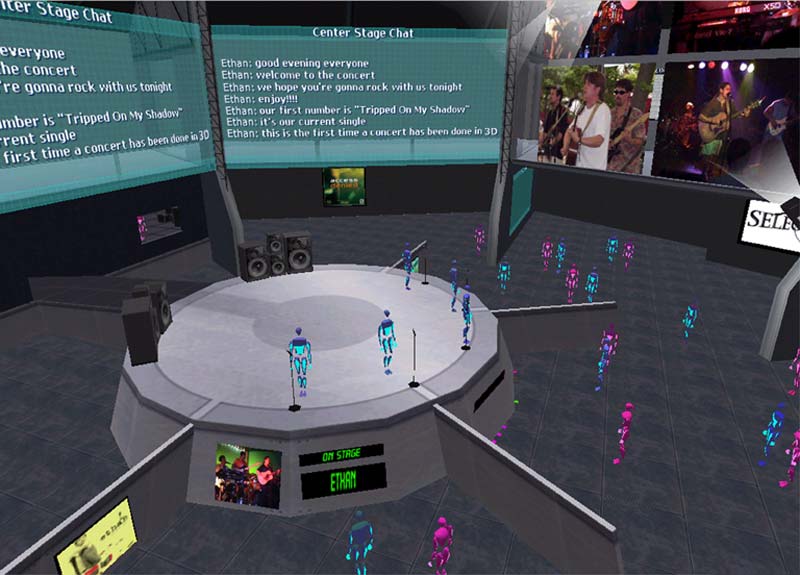
During the summer of 2002, I did some volunteer work for a small startup company in Louisville.
This company, called
Spid3rNet, was formed by the remnants of Indigo Moon; which had previously
been Louisville's one and only game development shop. The Spid3rNet project was well underway and they were looking
for someone to round out their small team and help them finish things on schedule. Due to their limited
budget, however, they were not able to offer any remunerationNone-the-less, I agreed to help out and
do what I could in my after-work and weekend hours.
The goal of this project was to develop an immersive 3D environment much like those used for massively-multiplayer online role-playing
games. This environment, however, would be smaller and geared mainly towards non-gaming applications. For example, the
initial project was to be released on a music CD and would allow users to install the software and log into a
virtual concert hall. Here they could chat with other fans, find more information on the band, and buy
additional merchandise.
I was hired on as a 3D programmer and given the task of implementing an occlusion culling system. I did this, as
well as a dynamic shadow casting system, and then focused on speeding up the existing engine as much as possible.
|
 |
Though it was a innovative project, it just wasn't feasible to complete on a part-time, volunteer basis. It really
deserved a dedicated, full time team rather than a handful of guys working from their respective homes a few
hours each evening. As the workload at my "real" job started to increase, and the Spid3rNet deadlines continued to push
back, I was gradually forced to disengage myself from this extracurricular endeavor. The sections of code which I had come aboard to
design and implement were in place and functioning; I just wish that I had been able to take on more tasks
and help with the other technical issues that were slowing down development. In the end, the flagship project was
completed and released to the public in November of 2002.
|
|